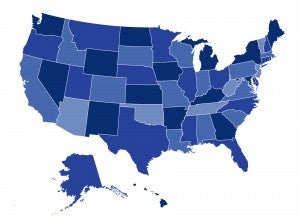Federal Policy Priorities for Preserving and Improving Access to Coverage: Perspectives from State-Based Marketplaces

The Affordable Care Act’s health insurance marketplaces provide a critical source of coverage and financial assistance. Federal actions under the Trump administration undermined the marketplaces, but the new administration and Congress have opportunities to implement and advocate for policies that strengthen state-based marketplaces (SBMs). In a new issue brief for the Commonwealth Fund, CHIR experts assessed how federal policy decisions have impacted SBMs and the consumers they serve by interviewing directors and officials from 17 marketplaces.


